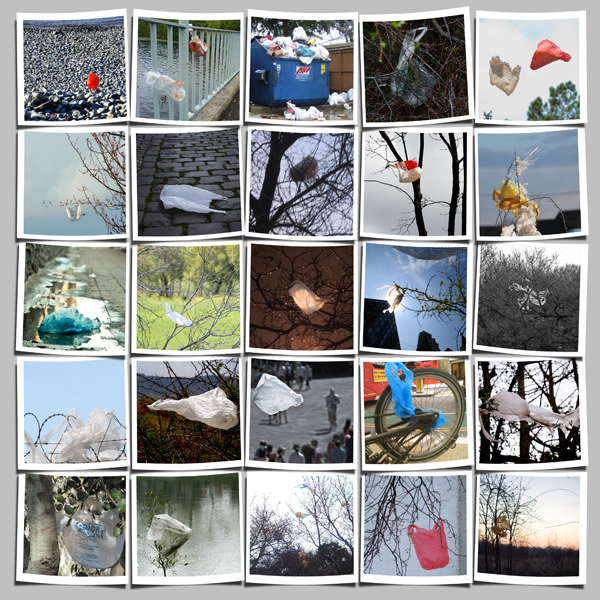SEND US YOUR BEST SHOTS OF COASTAL CLEANUP DAY 2012 AND YOUR PHOTO COULD BE ON EXHIBIT AT THE AQUARIUM
Take a great photo during Coastal Cleanup Day on Saturday, Sept. 15, 2012, and share it with @HealtheBay on Instagram, and your photograph could be on exhibit at Heal the Bay’s Santa Monica Pier Aquarium and featured in the Coastal Cleanup Day wrap-up publication! Images can be of a beach or kayak cleanup, underwater photos from a dive cleanup, pictures of trash, clean beaches, volunteers, or anything from Coastal Cleanup Day 2012!
How to enter: Upload photos from Coastal Cleanup Day to your Instagram feed, make sure they are public, and tag them with #CCD2012 AND @HealtheBay, as well as including location information through Geo-Tagging and/or hashtagging with your cleanup site’s name (i.e. #DockweilerBeach). At the end of the contest, Heal the Bay will collect all of the photos and decide the winners. You can enter as many photos as you want!
You can submit photos from now until September 29, and the winner will be announced October 1 through Instagram. Grab your Smartphones and start uploading to Instagram! Good luck!
Prizes:
- First Prize: Your photograph will be exhibited at Heal the Bay’s Santa Monica Pier Aquarium and published in our Coastal Cleanup Day 2012 wrap-up book. You and a guest will also receive a private, behind-the-scenes tour of Heal the Bay’s Santa Monica Pier Aquarium!
- Second Prize (2): Your photograph will be exhibited at Heal the Bay’s Santa Monica Pier Aquarium and published in our Coastal Cleanup Day 2012 wrap-up book.
- Third Prize (5): Your photograph will be exhibited at Heal the Bay’s Santa Monica Pier Aquarium.
For those not familiar with the photo sharing app, Instagram is an app for Smartphones that lets you easily tweak photos from your mobile device to give them an artistic look. If you don’t have it already installed on your phone, download the app for free.
No purchase necessary. No automated entries. Enter as many photos as you like. Photos must be taken at a Coastal Cleanup Day 2012 volunteer site in order to be eligible. By entering the contest, each entrant agrees that his or her submission is an original work of authorship and he or she owns all right, title and interest in the entry as of the date of submission. By entering the contest, entrants agree to assign all right, title, and interest, including copyright rights, in the entry to Heal the Bay and grant permission for Heal the Bay to publish or publicize all or part of their entry, including but not limited to entrant’s name, likeness and photo, in whole or in part, for advertising, promotional and trade or other purposes in conjunction with this and similar promotions in any and all media now known or hereafter developed, worldwide in perpetuity, without notice or permission and without compensation, except where prohibited by law.




